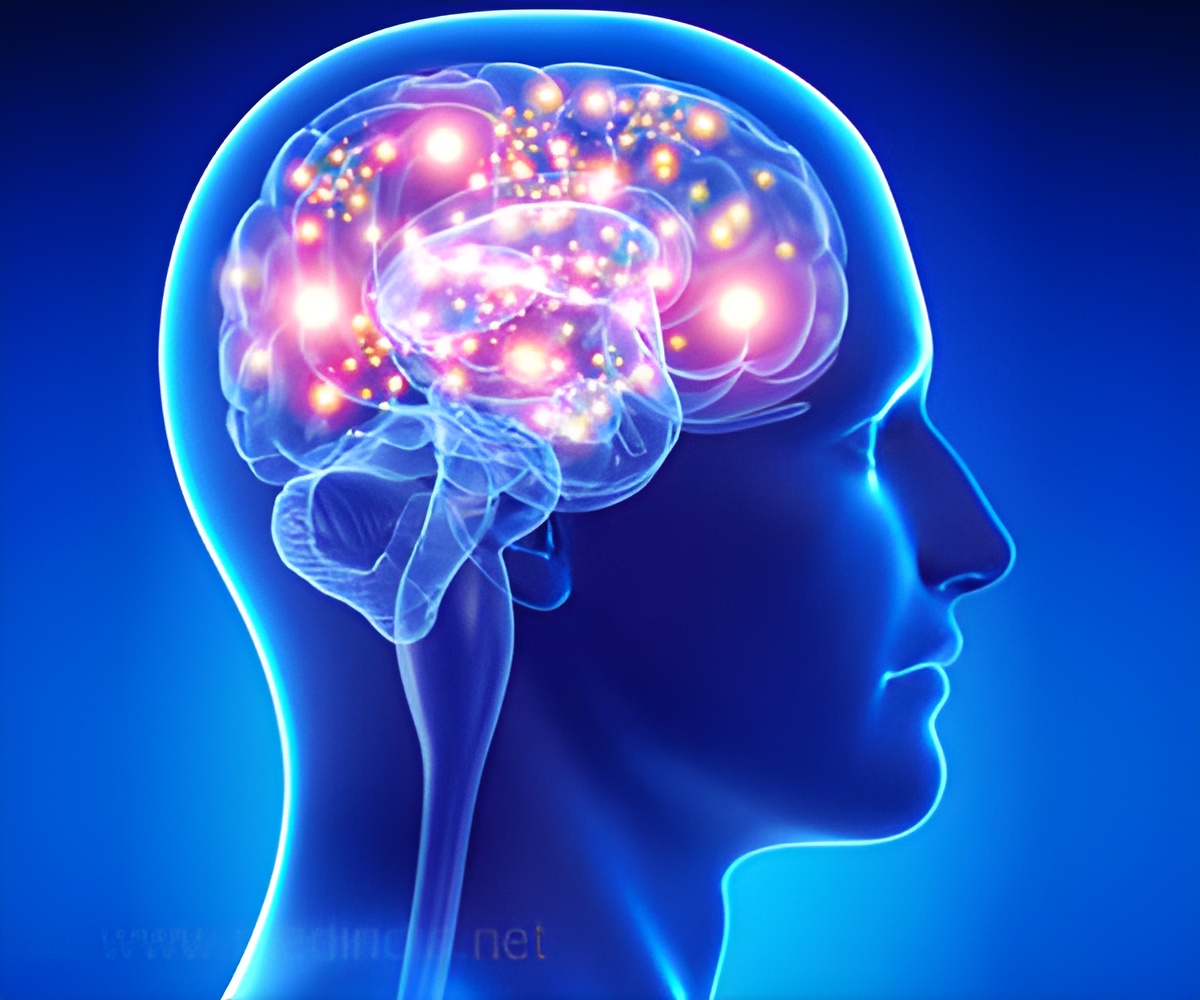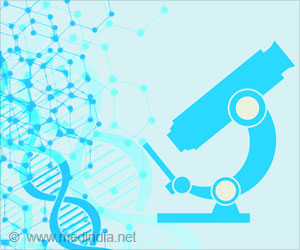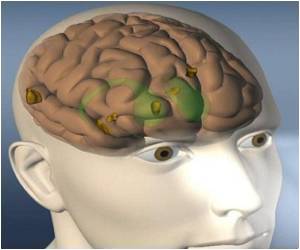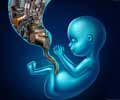Nine neurodevelopmental disorders can now be identified easily with the new epigenetic signatures, which help in improving the diagnosis.

The team investigated 14 neurodevelopmental disorders caused by genes that encode the cell's epigenetic machinery the components that read, write and erase post-translational signals on DNA and histones and remodel the DNA. Of the 14 disorders evaluated, nine revealed unique methylation signatures including Sotos syndrome, Kabuki syndrome, CHARGE and ATRX.
"Many of the disorders we studied have clinical overlap, which makes sense as the genes causing each of these disorders all work within the same epigenetic machinery, determining the gene's expression and expression of other genes," said Charles Schwartz, PhD, Director of Molecular Studies at GGC in Greenwood, SC who was a co-author of the study.
"What was interesting is that although the genes function is somewhat similar manners, nine of the disorders showed a unique epigenetic signature with minimal overlap."
The study authors suggest that these unique epigenetic signatures could be useful in concurrently screening for multiple syndromes with a high degree of sensitivity and specificity.
Also, based on the degree of overlap between these signatures, the team concludes that a single machine learning classification tool built on the combined signatures of these disorders, can accurately make the diagnosis.
Advertisement
In addition, these unique signatures could also provide an innovative approach in solving ambiguous cases presenting with variants of uncertain significance from targeted gene sequencing, whole exome sequencing or whole genome sequencing.
Advertisement
"The echo model states that while an initial epigenetic dysfunction arises during early development, an broader methylation legacy or echo remains throughout the genome leading to the unique signature. This may help explain the variability and phenotypic overlap among these disorders."
Benefits of this approach to diagnosis and variant classification include the lack of a need for parental samples and the potential of functional results to be obtained from peripheral blood samples rather than other inaccessible target tissues such as brain.
This method would also have the potential to identify a diagnosis when the mutation is in a noncoding region, and the classification of rare missense and in-frame in/del variants which are often uninterpretable.
Source-Eurekalert










